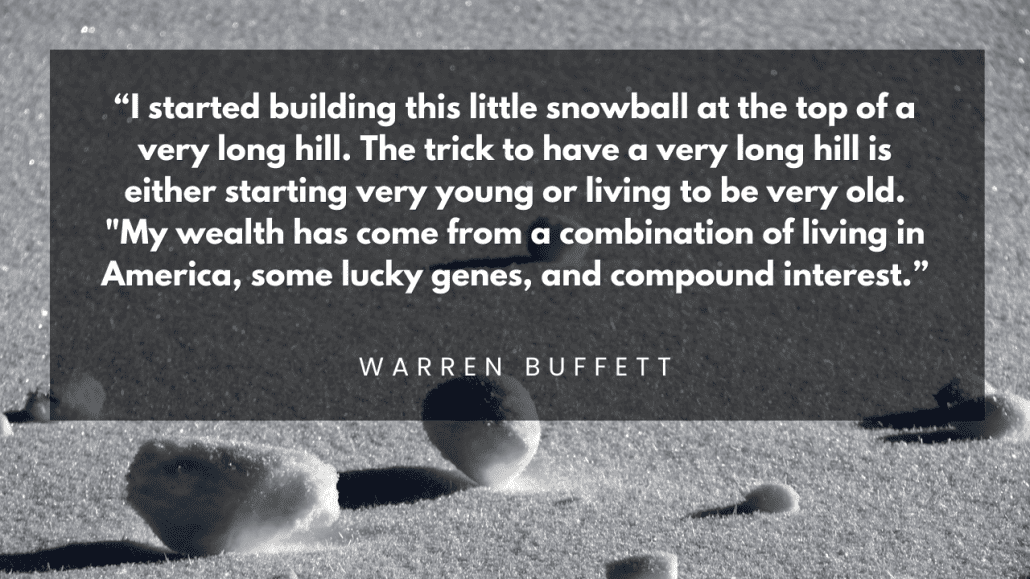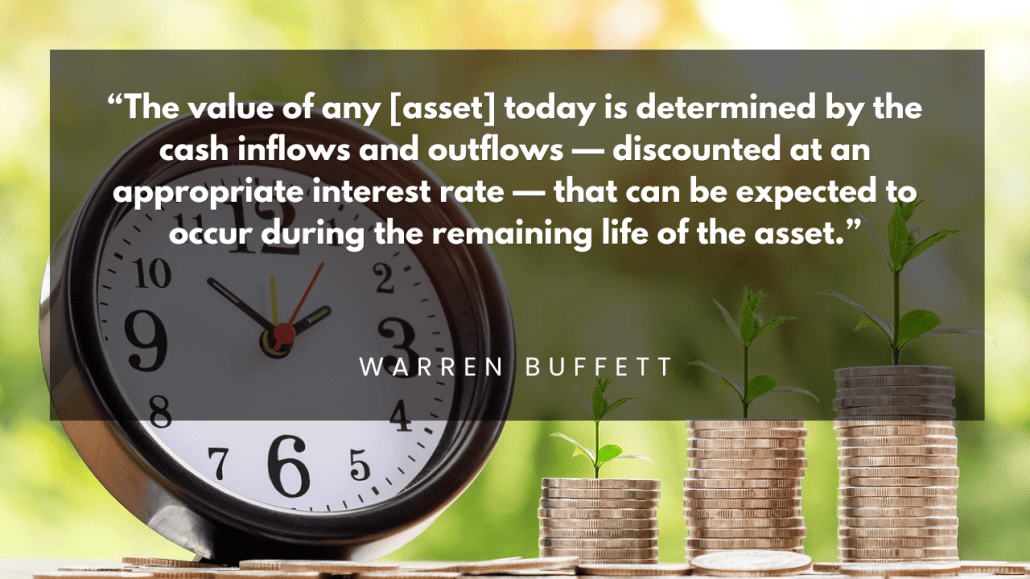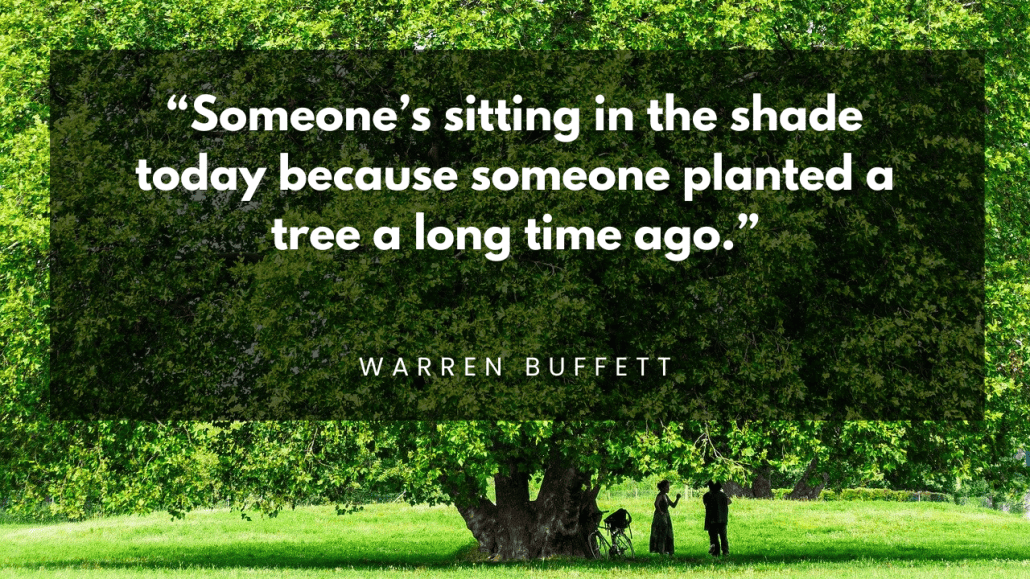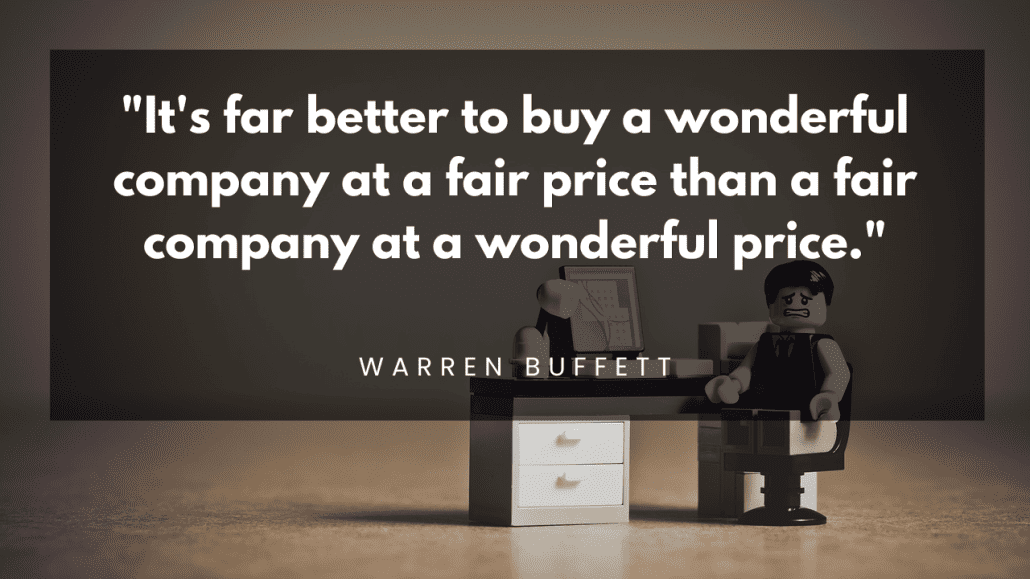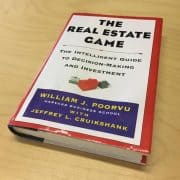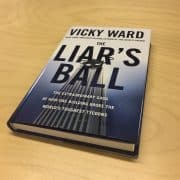Book Review: The Snowball: Warren Buffett and the Business of Life
The Snowball: Warren Buffett and the Business of Life
“The Snowball: Warren Buffett and the Business of Life” offers an unprecedented look into the life and investment philosophy of Warren Buffett, one of the world’s most respected and successful investors. Written by Alice Schroeder, who gained unparalleled access to Buffett and his inner circle, this book goes beyond the surface to explore the complexities and paradoxes of the man who built his empire from a modest office in Omaha. Buffett, a figure shrouded in both simplicity and complexity, had never fully revealed his life story to the public. Yet, in this book, he opens up like never before, sharing insights into his work, opinions, struggles, and triumphs.
Schroeder, initially an insurance industry analyst impressed by Buffett, delves into not just his investing style but his broader philosophy, which is intricately tied to his complex personality and life experiences. The result is a comprehensive portrait that reveals Buffett as a mix of strengths and frailties, a man whose legacy will be defined not by his immense wealth, but by the principles and ideas that have enriched countless lives. This book review aims to distill key principles from Buffett’s life and philosophy, translating them into actionable insights for real estate investors looking to build long-term wealth.
Full Title: “The Snowball: Warren Buffett and the Business of Life”
Author: Alice Schroeder
Warren Buffett, the Oracle of Omaha, has long been a guiding star in the investment universe. While his fame primarily orbits around stock investments, the principles that have made him successful are universal and can be applied to various asset classes, including real estate. “The Snowball: Warren Buffett and the Business of Life” by Alice Schroeder offers a deep dive into Buffett’s life and investment philosophy.
This book review aims to distill key principles from “The Snowball” and translate them into a roadmap for building long-term wealth in real estate. From the power of compound interest to the importance of a long-term perspective, each section will unpack a Buffett principle, illustrated with stories from his life, and elaborate on its application for real estate investors.
1. Compound Interest.
In “The Snowball,” one of the most compelling stories that encapsulates the power of compound interest is Warren Buffett’s early venture into the pinball machine business. As a teenager, Buffett and a friend invested $25 in a used pinball machine, placing it in a local barbershop. They struck a deal with the barber to split the profits. Soon enough, the machine was generating steady income. Instead of pocketing the money, Buffett and his friend reinvested the earnings to buy additional pinball machines, which they placed in other barbershops. Over time, this modest investment grew into a small empire of pinball machines, each contributing to a growing stream of income.
The pinball machine story is a textbook example of how compound interest works. The initial investment was small, but by continually reinvesting the earnings, Buffett exponentially increased his returns. It wasn’t just the $25 that worked for him; it was the $25 plus the reinvested earnings from the first machine, and then the next, and so on. The growth wasn’t linear; it was exponential.
For real estate investors, this principle is equally powerful. Imagine starting with a single rental property. The rental income you receive can be reinvested into property improvements, increasing rent, or even acquiring another property. Over time, your real estate portfolio can grow exponentially, not merely by addition but by multiplication. This is especially true if you leverage financing options effectively, another layer of compounding that can supercharge your returns.
The essence of compound interest is that it allows your money to work for you in an increasingly effective manner. It’s not just about making smart initial investments; it’s about making your gains work for future gains, creating a snowball effect that can result in substantial long-term wealth.
2. Intrinsic Value.
One of the most instructive stories in “The Snowball” that highlights the concept of intrinsic value is Warren Buffett’s investment in The Washington Post in the early 1970s. At the time, the newspaper industry was facing headwinds, and the Post’s stock was trading at a significant discount. Most investors were wary, but Buffett saw something they didn’t: intrinsic value. He recognized that The Washington Post had a durable competitive advantage in the form of its brand and market position. Despite the temporary setbacks, the company’s true worth was far greater than its market price. Buffett invested heavily, and this investment became one of his more successful, paying off in spades over the years.
The principle of intrinsic value is incredibly relevant for real estate investors. Market prices fluctuate due to a variety of factors—economic cycles, interest rates, and even public sentiment. However, the intrinsic value of a property, determined by its cash flow potential, location, and other tangible and intangible factors, remains relatively constant. By assessing this intrinsic value, you can make investment decisions that are insulated from market volatility.
Intrinsic value serves as a compass for long-term investment. It helps you separate the wheat from the chaff, focusing your attention on properties that offer sustainable, long-term returns. When the market inevitably goes through its cycles, properties that were purchased below their intrinsic value provide a margin of safety, another Buffett principle we’ll explore next.
Understanding and investing based on intrinsic value is like having a secret weapon. It allows you to see the forest for the trees, making investment decisions based on fundamental, enduring qualities rather than transient market conditions.
3. Margin of Safety.
In “The Snowball,” the concept of a “margin of safety” is a recurring theme in Buffett’s investment philosophy. One story that illustrates this is his investment in American Express during the 1960s. The company was embroiled in the “salad oil scandal,” where it faced significant financial losses. The stock price plummeted as investors fled. Buffett, however, saw that the core business of American Express was still strong and that the company’s intrinsic value far exceeded its then-current market price. He invested a significant portion of his partnership’s assets in American Express shares, providing a classic example of buying with a margin of safety. The investment eventually paid off handsomely, reaffirming the wisdom of this approach.
The “margin of safety” principle is a cornerstone for any real estate investor aiming for long-term wealth creation. It involves buying properties at a price well below their replacement cost. This difference between price and value acts as a buffer or “safety margin” that helps protect the investment from unforeseen events or market downturns. It’s essentially a risk mitigation strategy that allows you to weather storms and come out ahead.
In a volatile market, or even in a stable one with unforeseen individual property risks, a margin of safety provides the cushion needed to protect your investment. It’s like an insurance policy you don’t have to pay ongoing premiums for. When you purchase with a margin of safety, you not only mitigate potential downside but also increase the potential for upside, making it a win-win strategy for long-term investment.
4. Long-Term Perspective.
One of the most enduring lessons from “The Snowball” is Warren Buffett’s long-term perspective on investments. A story that exemplifies this is his relationship with Coca-Cola. Buffett first bought shares of Coca-Cola in 1988 and has held onto them ever since. Despite market fluctuations and various crises, he never sold and as of June 2023 owned about 8% of the company. His rationale was simple: Coca-Cola had a strong brand and a product that people would continue to consume for decades. His long-term perspective paid off, as the investment has yielded substantial returns over the years.
The principle of a long-term perspective is invaluable for real estate investors. Real estate is inherently a long-term investment, given the large capital outlay and the time it often takes to realize significant gains. Whether it’s holding onto a property to benefit from appreciation and long-term rental income or investing in a development project that will take years to complete, a long-term perspective can be the key to unlocking significant value.
Having a long-term perspective also allows you to weather market downturns more effectively. When you’re in it for the long haul, short-term market volatility becomes less of a concern. This perspective enables you to focus on the fundamentals, ensuring that the property or project you’re invested in has enduring qualities that will stand the test of time.
5. Quality over Quantity
In “The Snowball,” one of the most telling aspects of Warren Buffett’s investment philosophy is his focus on quality over quantity. Buffett is known for having a concentrated portfolio, often holding just a handful of stocks. One story that illustrates this is his investment in See’s Candies. In 1972, Buffett purchased See’s Candies for $25 million, recognizing its strong brand and customer loyalty. Despite being a relatively small company, See’s had an outsized impact on Berkshire Hathaway’s success. The investment has generated substantial cash flows over the years, proving that owning a few high-quality assets can be more rewarding than diversifying into many average ones.
This principle is incredibly relevant for real estate investors. The allure of scaling quickly by acquiring numerous properties can be tempting, but there’s wisdom in focusing on fewer, higher-quality assets. Whether it’s a prime location, exceptional construction, or the potential for significant appreciation, quality properties often provide more reliable and robust returns over the long term.
Quality over quantity is also about focus and expertise. When you concentrate on fewer, higher-quality properties, you can dedicate more resources to each—whether it’s time, capital improvements, or specialized management. This focus can lead to better outcomes, both in terms of asset performance and your own expertise as an investor.
In essence, the principle of quality over quantity encourages disciplined, thoughtful investing. It’s about resisting the urge to spread yourself too thin and instead focusing on assets that you understand deeply and that have a strong potential for long-term value creation. By doing so, you not only mitigate risks but also set the stage for outsized returns.
Conclusion
Warren Buffett’s investment philosophy, as detailed in “The Snowball,” offers more than just a blueprint for stock market success; it provides a universal roadmap for building enduring wealth. For real estate investors, these principles—Compound Interest, Intrinsic Value, Margin of Safety, Long-Term Perspective, and Quality Over Quantity—serve as guiding pillars that can navigate the complexities and opportunities inherent in the property market.
By applying these principles, investors can make more informed, disciplined decisions, mitigating risks while maximizing returns. In a field as multifaceted as real estate, where variables are numerous and market conditions can change rapidly, having a set of enduring principles to guide your investment strategy can be invaluable. As Buffett’s own journey illustrates, the path to significant wealth is not a sprint but a marathon—a snowball effect where smart, calculated moves compound over time into a mountain of wealth.
Rating: 9.0/10


